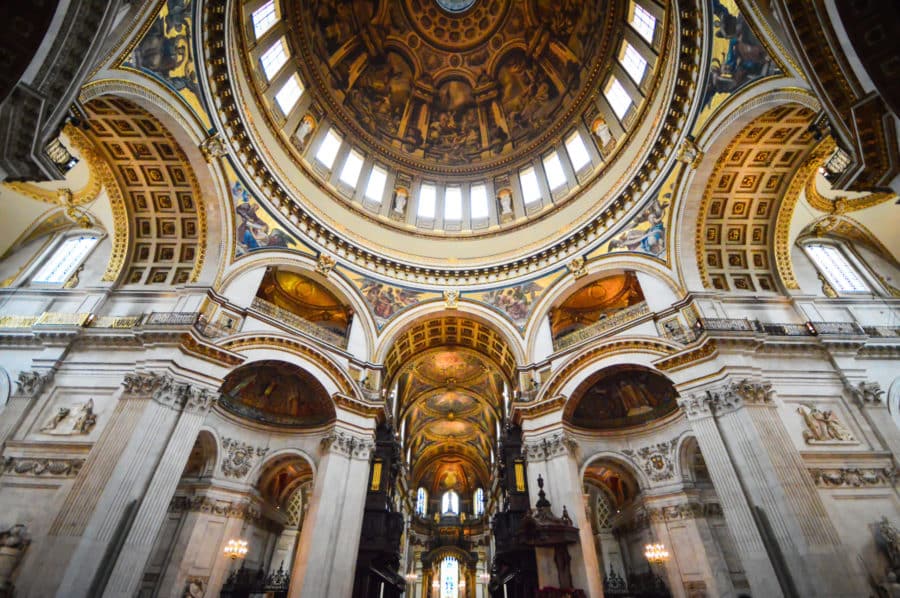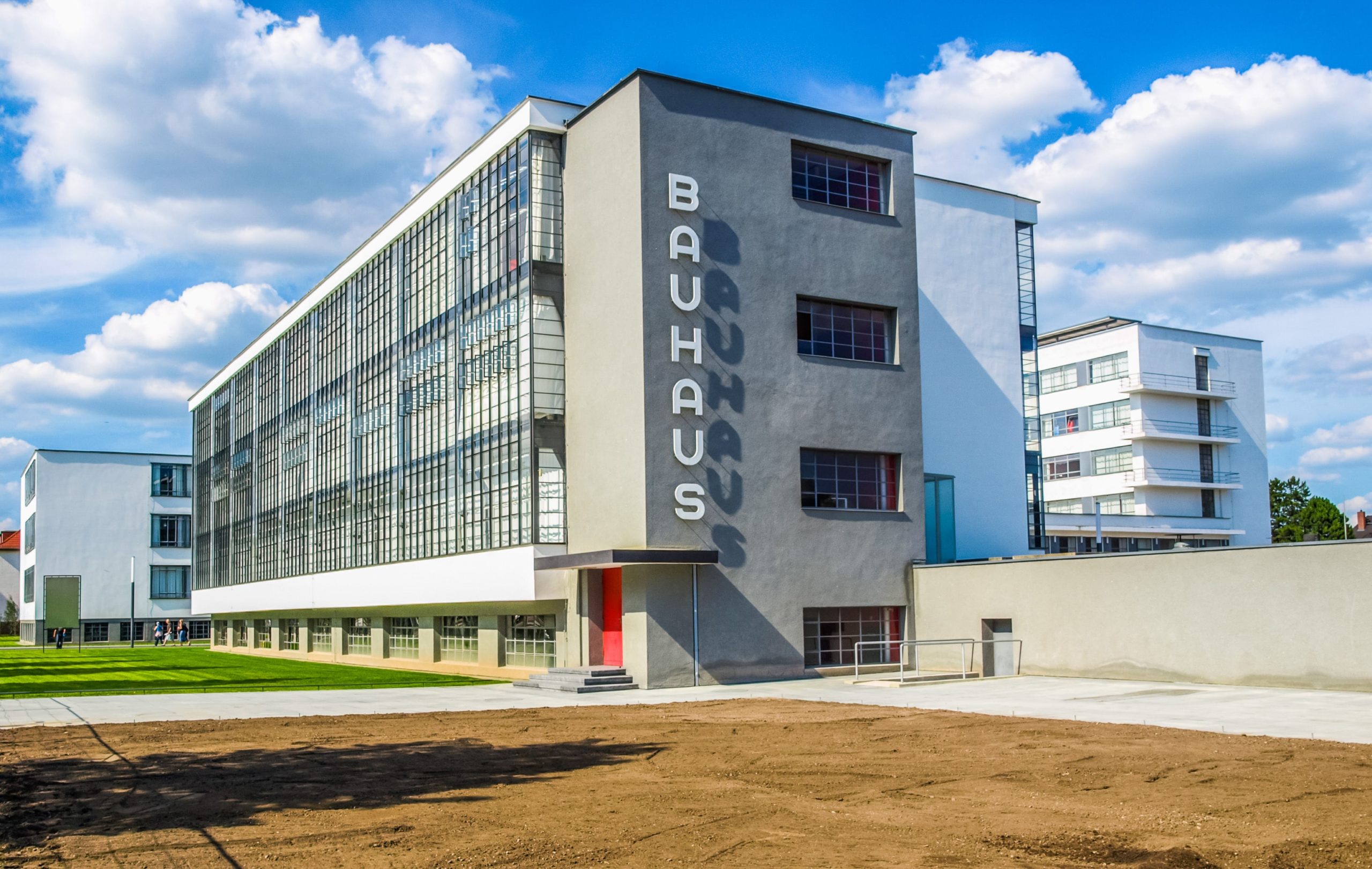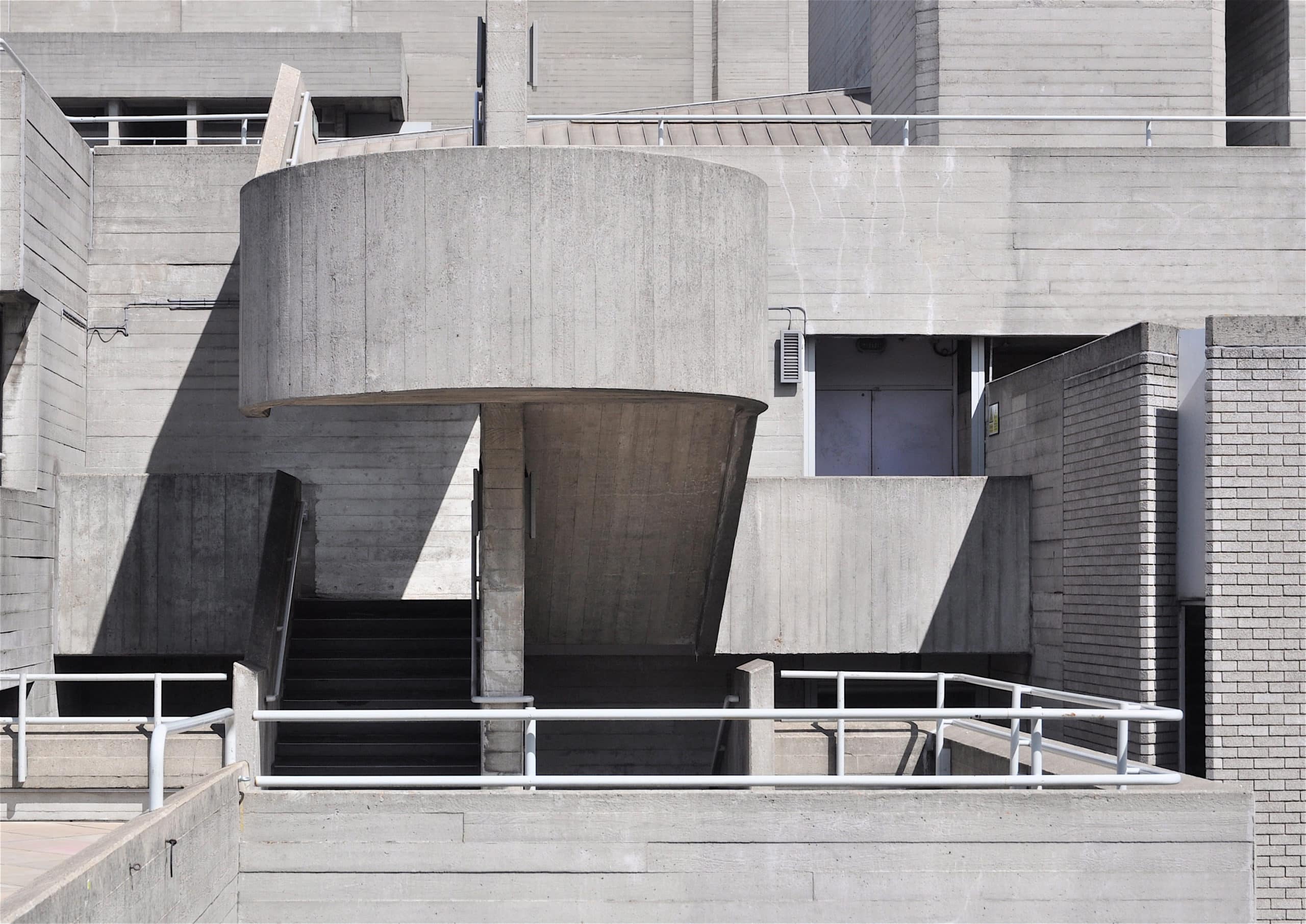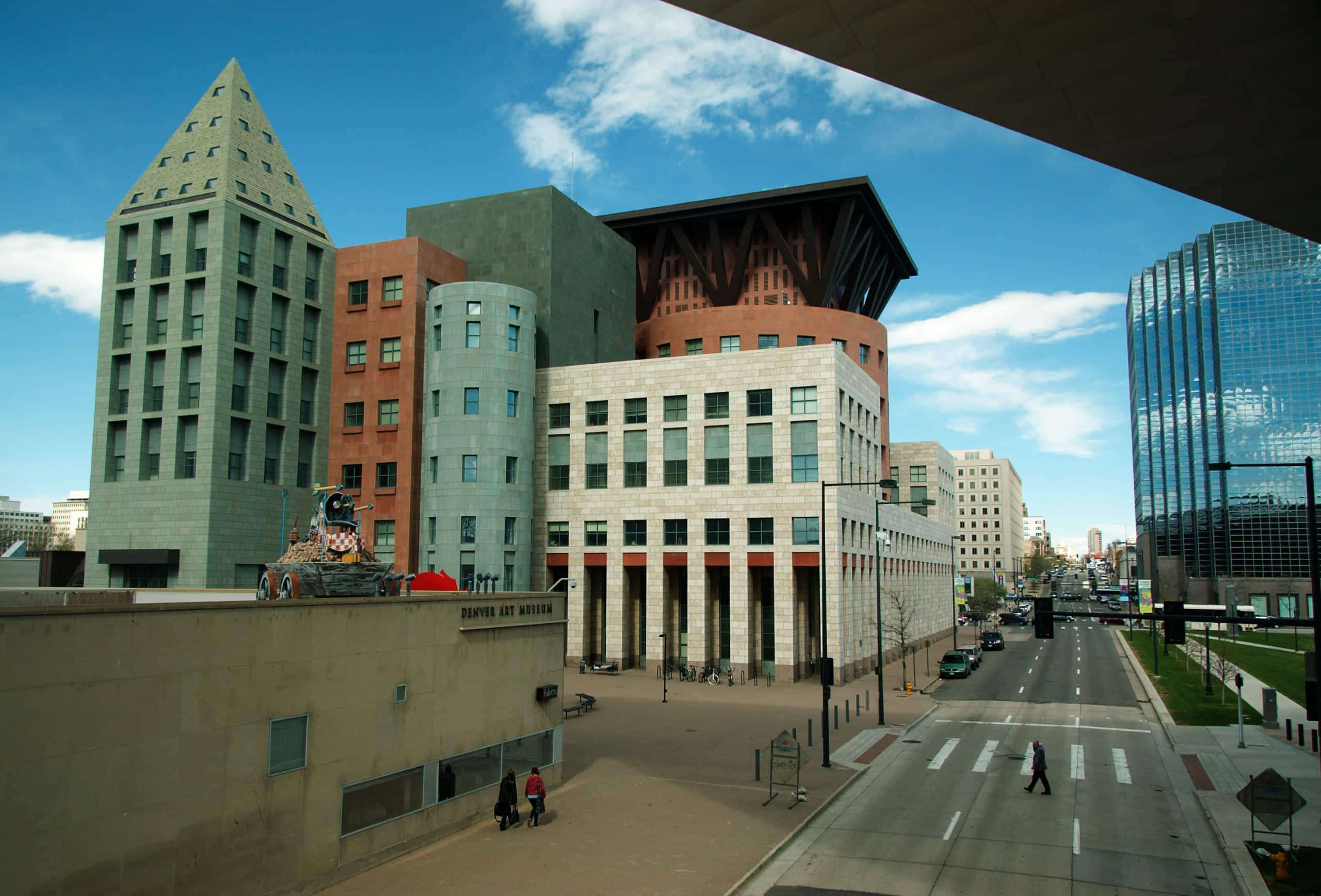Is there a more controversial subject than the aesthetics and role of modern design in architecture? Many people feel that modern architecture is ugly.
Search the topic and you’re immediately hit with the top results: “Why is modern architecture so boring?” and “Why you hate contemporary architecture.”
Other articles circulating around the internet don’t mince their feelings: “Why Modernist Architecture Sucks.”
The passion is ripe on the other side of the issue as well: “Why does everyone hate modern architecture?”
The vitriol toward modern architecture design is especially heated for people who reside outside of places rooted in traditional architecture. More modern cities like Munich, Germany, or Chicago boast of architectural sites that are a far cry of the traditional-laden cities of Paris or Rome.
As our video above demonstrates, there are immense differences between the high-level classification of traditional vs. modern architecture.
But, in between, there are also more nuanced styles within the debate—for instance, the slight distinctions between contemporary and post-modern architecture.
Here’s a breakdown of the different classifications, along with modern architecture example photos.
Traditional Architecture

A classic style of pre-modern building that relies on pleasing symmetries and beautiful ornamentation. Think domes, arches and fluted columns.
Contemporary Architecture

All architectural styles of the present day that date back to roughly the past 100 years.
Modern Architecture

“Less is more.” The modern style embraces simplicity and clean minimalism and rejects unnecessary ornamentation. The shape of a building or object should primarily relate to its intended function or purpose. Form follows function.
Brutalist Architecture

A mid-twentieth-century off–shoot of modern architecture that relies on a massive “blocky” aesthetic. It typically uses cast in place concrete on a large scale. Especially popular in communist countries and the post-war U.K.
Post–Modern Architecture

Emerging as a reaction against the austere formality of modern architecture, post–modern gave emphasis again to ornamentation, incorporating historical elements and playfulness to try to make things interesting. Think if Main Street took a page from Las Vegas.










